Transmembrane Transporters
The transmembrane transport of drugs can be divided into passive transport and active transport:
(1) Passive transport which means small molecules are transported from the high concentration of low concentration, is the most simple mode of transport of transmembrane. It is the diffusion transport of drug molecules, which is concentration gradient-dependent and costs no energy. Apart from facilitory transport, it has no saturability or competitive inhibition.
Passive transport is divided into:
1.1 free diffusion: free diffusion does not need the assistance of carrier protein, such as the transport of oxygen, carbon dioxide, fat.
1.2 facilitated diffusion: facilitated diffusion need the assistance of carrier protein, such as the transport of amino acids, nucleotides. Special cases: glucose transport in and out of red blood cells.|
(2) active transport is the trans-membrane transport that need carrier and energy and thus is independent on the concentration difference of the two sides of the membrane. It has a saturability and competitive inhibition. Small molecules are transported from low concentrations to high concentrations, such as mineral ions, glucose. Energy and carrier proteins are needed in the transport of glucose into and out of other cells except red blood cells.
- Structure:
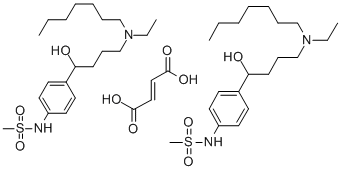
- Chemical Name:Ibutilide fumarate
- CAS:122647-32-9
- MF:(C20H36N2O3S)2.C4H4O4
- Structure:
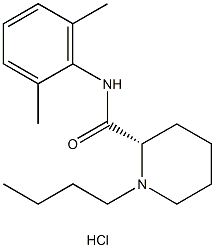
- Chemical Name:Levobupivacaine hydrochloride
- CAS:27262-48-2
- MF:C18H29ClN2O
- Structure:

- Chemical Name:Lubiprostone
- CAS:136790-76-6
- MF:C20H32F2O5
- Structure:
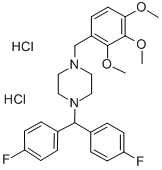
- Chemical Name:Lomerizine hydrochloride
- CAS:101477-54-7
- MF:C27H32Cl2F2N2O3
- Structure:
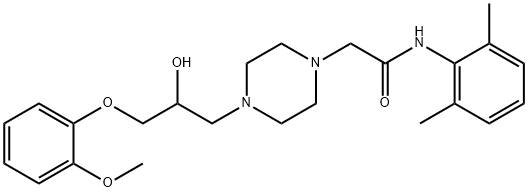
- Chemical Name:Ranolazine
- CAS:95635-55-5
- MF:C24H33N3O4
- Structure:
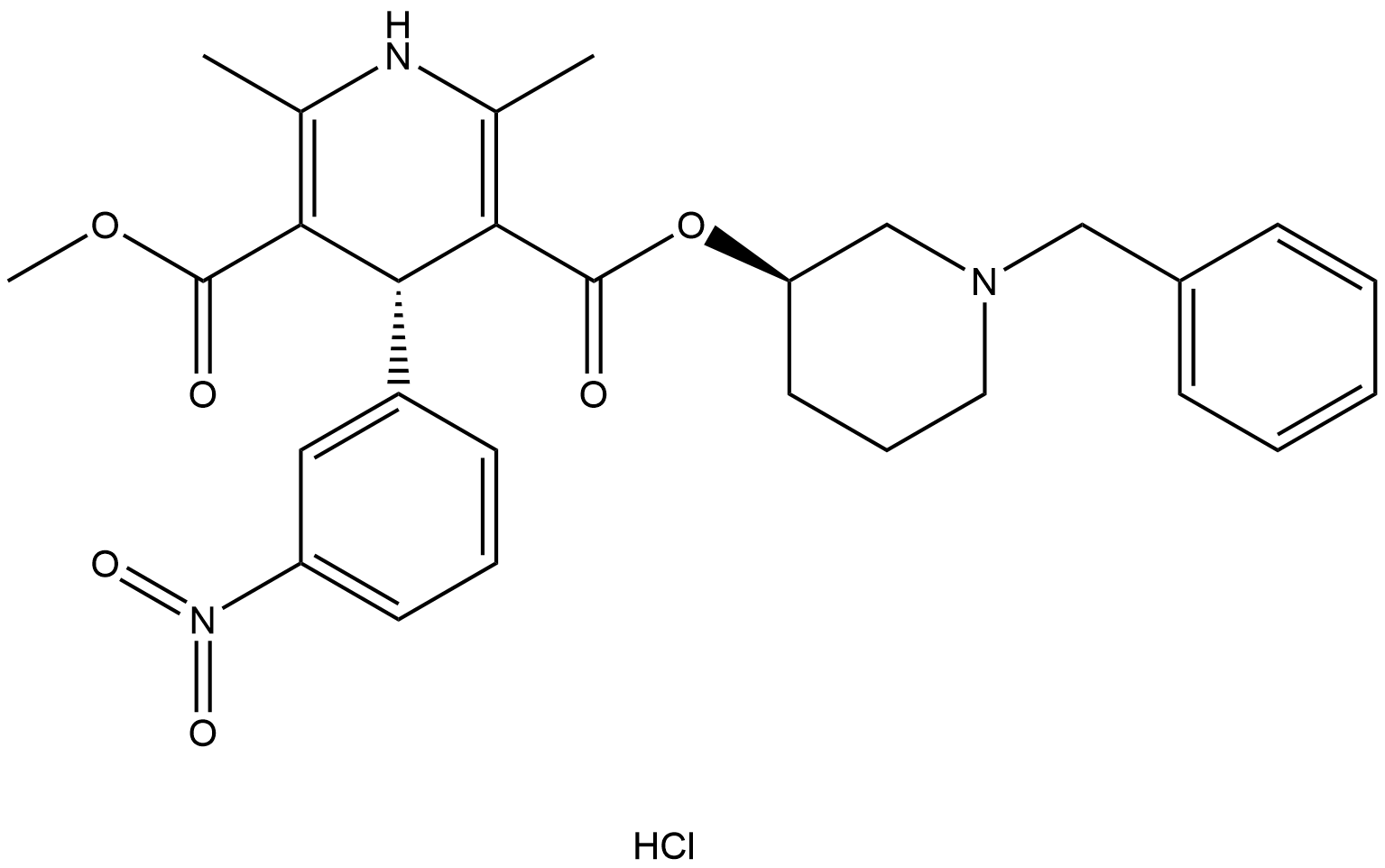
- Chemical Name:Benidipine hydrochloride
- CAS:91599-74-5
- MF:C28H31N3O6.HCl
- Structure:
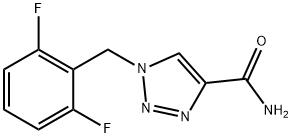
- Chemical Name:Rufinamide
- CAS:106308-44-5
- MF:C10H8F2N4O
- Structure:
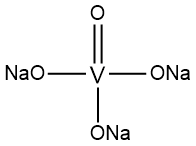
- Chemical Name:Sodium orthovanadate
- CAS:13721-39-6
- MF:Na3VO4
- Structure:
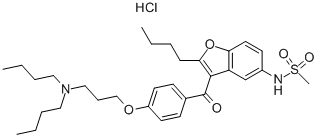
- Chemical Name:DRONEDARONE HYDROCHLORIDE
- CAS:141625-93-6
- MF:C31H44N2O5S.ClH
- Structure:
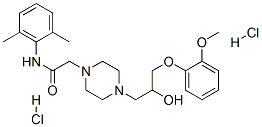
- Chemical Name:Ranolazine dihydrochloride
- CAS:95635-56-6
- MF:C24H35Cl2N3O4
- Structure:
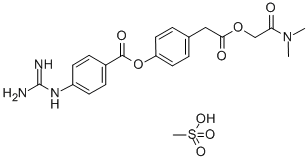
- Chemical Name:Camostat mesilate
- CAS:59721-29-8
- MF:C21H26N4O8S
- Structure:
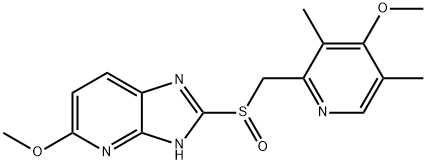
- Chemical Name:Tenatoprazole
- CAS:113712-98-4
- MF:C16H18N4O3S
- Structure:
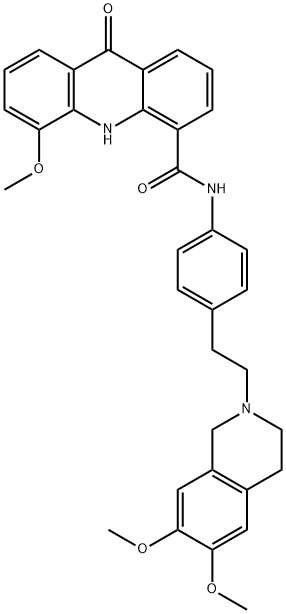
- Chemical Name:Elacridar
- CAS:143664-11-3
- MF:C34H33N3O5
- Structure:
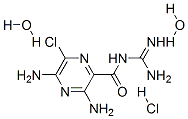
- Chemical Name:Amiloride hydrochloride dihydrate
- CAS:17440-83-4
- MF:C6H8ClN7O.HCl.2H2O
- Structure:
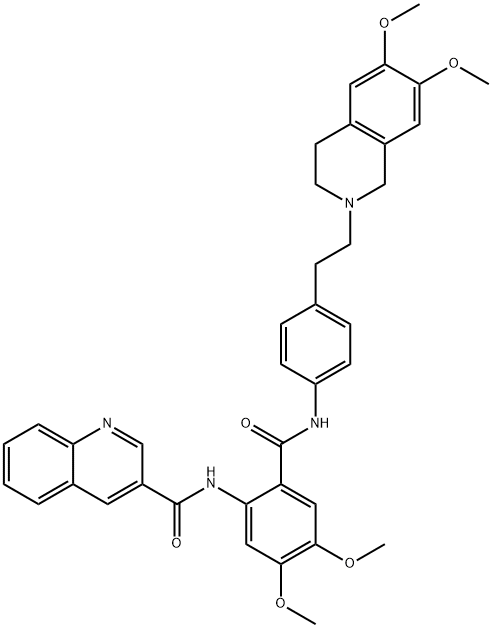
- Chemical Name:Tariquidar
- CAS:206873-63-4
- MF:C38H38N4O6
- Structure:
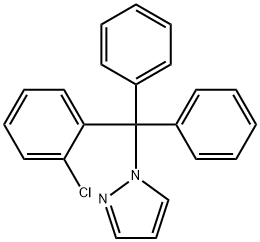
- Chemical Name:TRAM-34
- CAS:289905-88-0
- MF:C22H17ClN2
- Structure:
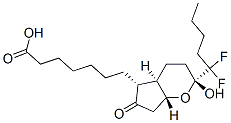
- Chemical Name:lubiprostone
- CAS:333963-40-9
- MF:C20H32F2O5
- Structure:
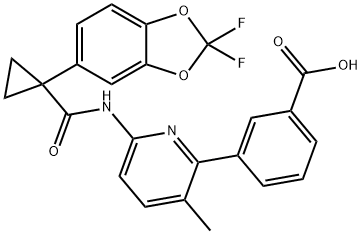
- Chemical Name:Lumacaftor (VX-809)
- CAS:936727-05-8
- MF:C24H18F2N2O5
- Structure:
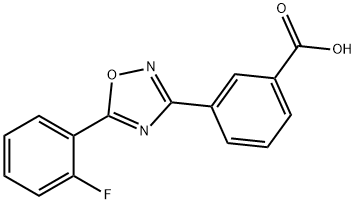
- Chemical Name:Ataluren (PTC124)
- CAS:775304-57-9
- MF:C15H9FN2O3
- Structure:
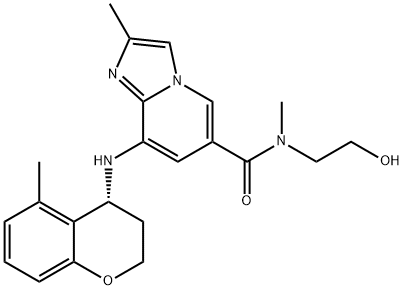
- Chemical Name:PF03716556
- CAS:928774-43-0
- MF:C22H26N4O3
- Structure:
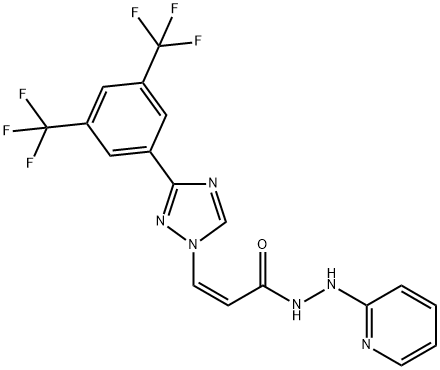
- Chemical Name:Verdinexor (KPT-335)
- CAS:1392136-43-4
- MF:C18H12F6N6O
- Structure:
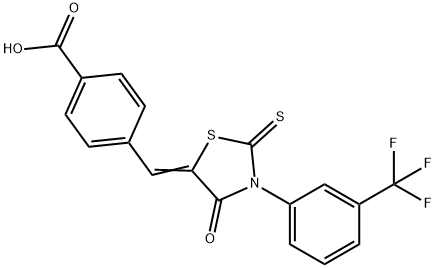
- Chemical Name:CFTRinh-172
- CAS:307510-92-5
- MF:C18H10F3NO3S2
- Structure:
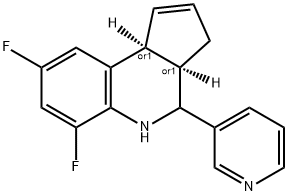
- Chemical Name:6,8-Difluoro-4-pyridin-3-yl-3a,4,5,9b-tetrahydro-3H-cyclopenta[c]quinoline
- CAS:1139889-93-2
- MF:C17H14F2N2
- Structure:
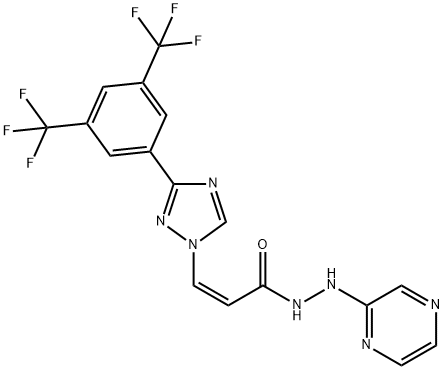
- Chemical Name:KPT-330
- CAS:1393477-72-9
- MF:C17H11F6N7O
- Structure:
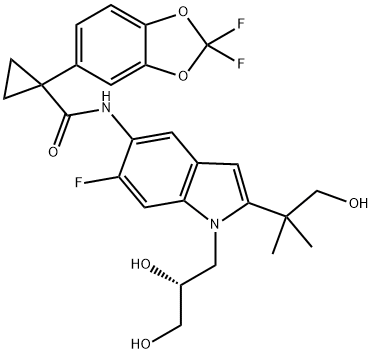
- Chemical Name:VX-661
- CAS:1152311-62-0
- MF:C26H27F3N2O6
- Structure:
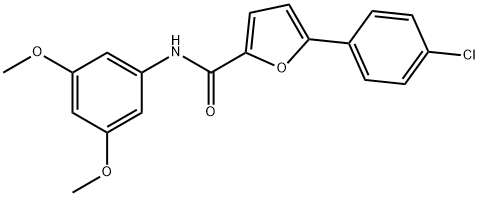
- Chemical Name:5-(4-Chlorophenyl)-furan-2-carboxylic acid 3,5<br>-dimethoxyphenylamide
- CAS:944261-79-4
- MF:C19H16ClNO4
- Structure:
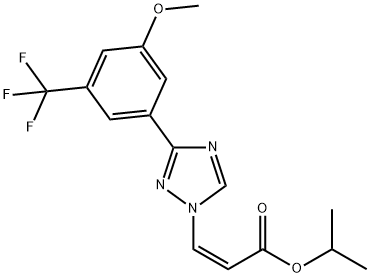
- Chemical Name:KPT-185
- CAS:1333151-73-7
- MF:C16H16F3N3O3
- Structure:

- Chemical Name:bupivacaine hydrochloride
- CAS:18010-40-7
- MF:C18H28N2O.ClH
- Structure:

- Chemical Name:iOWH-032
- CAS:1191252-49-9
- MF:C22H15Br2N3O4
- Structure:
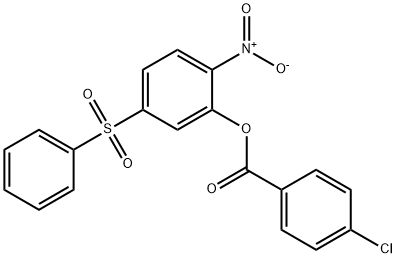
- Chemical Name:AHAS inhibitor
- CAS:219793-45-0
- MF:C19H12ClNO6S
- Structure:
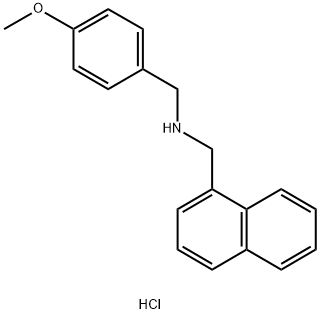
- Chemical Name:ML 133 Hydrochloride
- CAS:1222781-70-5
- MF:C19H20ClNO
- Structure:
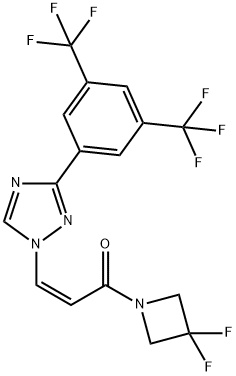
- Chemical Name:(Z)-3-(3-(3,5-bis(trifluoroMethyl)phenyl)-1H-1,2,4-triazol-1-yl)-1-(3,3-
- CAS:1421919-75-6
- MF:C16H10F8N4O
- Structure:
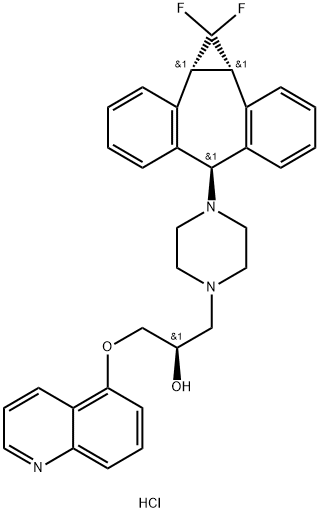
- Chemical Name:ZOSUQUIDAR TRIHYSROCHLORIDE
- CAS:167465-36-3
- MF:C32H32ClF2N3O2
- Structure:
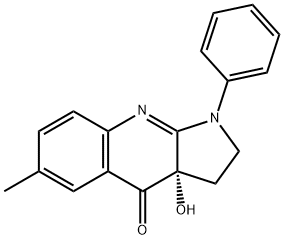
- Chemical Name:(-)-Blebbistatin
- CAS:856925-71-8
- MF:C18H16N2O2
- Structure:

- Chemical Name:OMecaMtiv Mecarbil
- CAS:873697-71-3
- MF:C20H24FN5O3